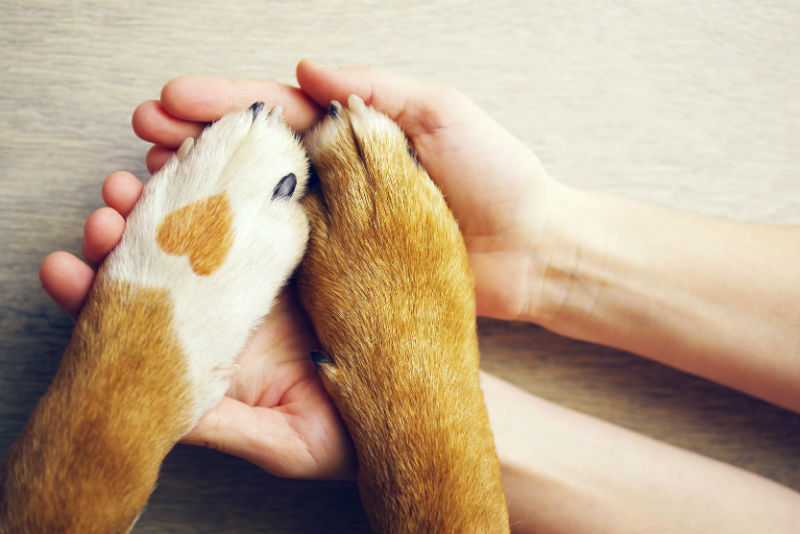There is a time when we all have to make a decision regarding the quality and future of our pet’s life. Humane euthanasia is a term we use when we humanely end a pet’s life. In small animal veterinary medicine, this is usually performed with the use of injectable medications.
It is tough to say goodbye to our furry friends. Many of them have been with us through stressful situations in our lives as well as celebratory times. They have seen us through our best and worst and everything in between. Although it is difficult to say goodbye, it is essential to keep in mind that when the time comes, you will be making an important decision and doing the last, best thing for your pet. We all struggle with the decision-making process.
Most of us feel that we are either making the decision prematurely or perhaps have waited too long. These are normal thoughts. Myself, I try to assess the number of bad moments vs the number of neutral or good moments through the day. Are we able to meet pain management needs? Is our pet still enjoying our presence? Are we able to treat him medically and helpfully in some fashion still? If the answers to these questions are in the negative, then it is likely time to consider humane euthanasia and warrants further consultation with your veterinary care team.
Many people have questions about the process of euthanasia. Typically, it is performed in the hospital however some veterinarians will offer home visits. Often a sedative is injected into the muscle tissue to relax them before the procedure. The sedation process takes between 5 and 15 minutes, and many clients comment that they haven’t seen their pet that relaxed in a long time. After sedation, a small area is shaved over one of the legs where a vein can be found. Subsequently, an overdose of an anesthetic agent is injected into this vein. It renders them unconscious, stops their heart, then their breathing. It is not a painful procedure, and it is typically quite rapid.
There are other things to keep in mind which you may find unusual. They do not close their eyes. They may lose control of bladder and bowels. Sometimes they gasp and sometimes twitch their muscles. These are all normal events that may or may not occur during the euthanasia process.
In Summary, being informed regarding when it is time to euthanize your pet, what the process is and what to expect will make it easier to make an informed decision. If you have any questions at all reach out to your veterinary care team.
Written by Rob Doucette, DVM




